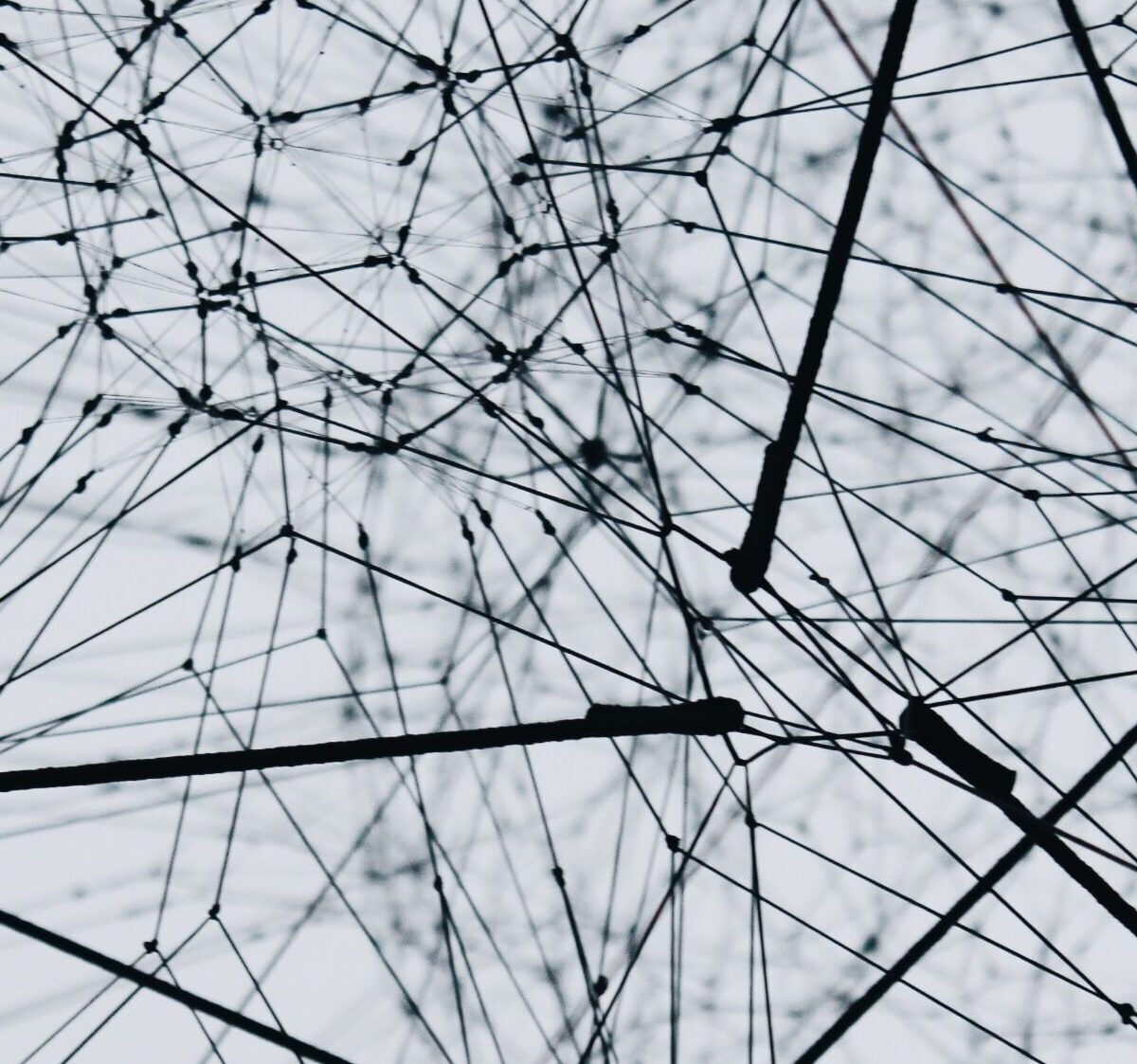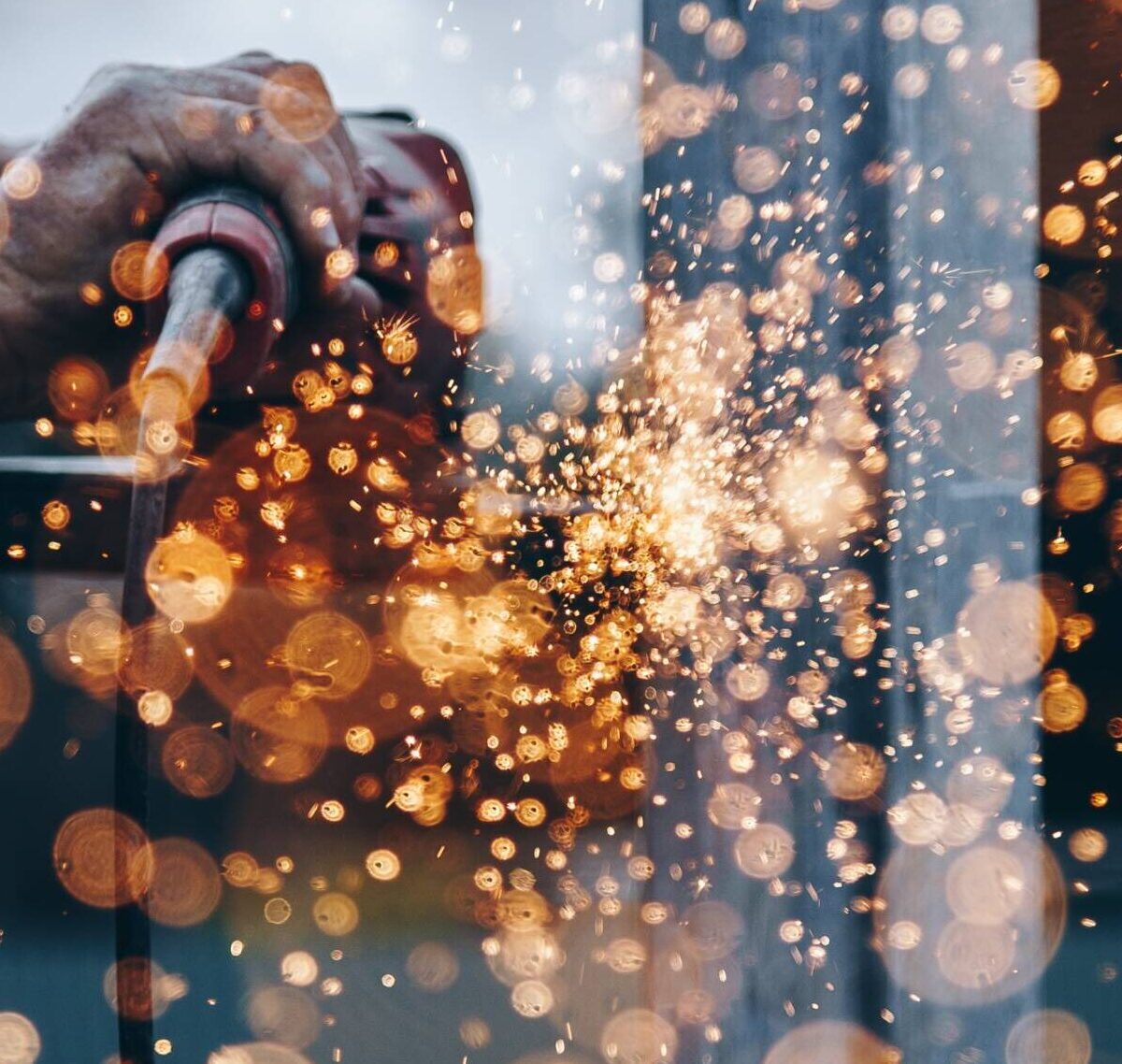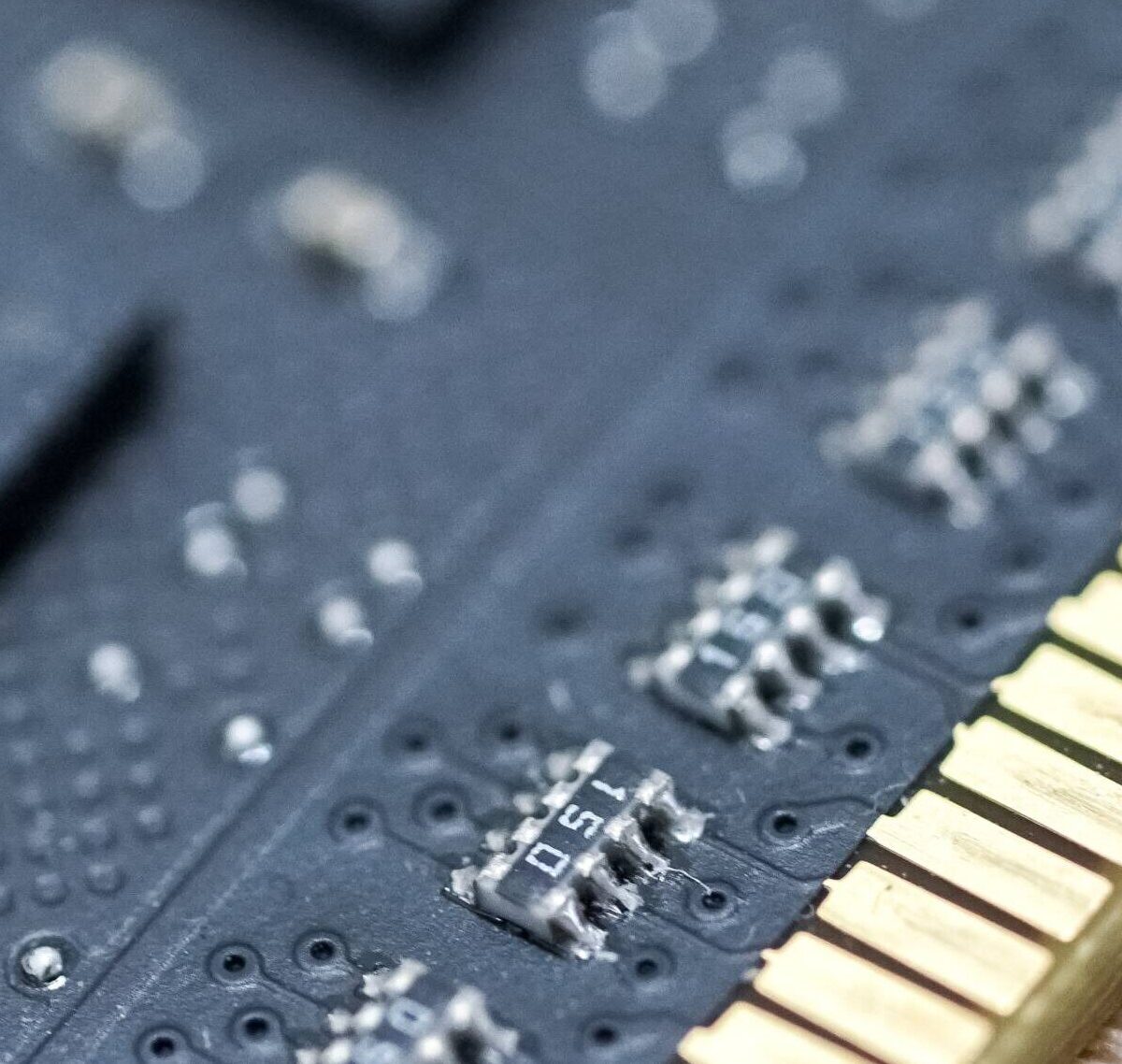
MAX IV – Most brilliant X-rays for research
MAX IV Laboratory is a Swedish national laboratory providing the R&D-community with the most brilliant X-rays for research. With the MAX IV facility, Sweden will have the highest quality of X-rays available to scientists from academia and industry in the whole world. X-rays is used to understand, explain, and improve the world around us. They enable the study of materials that we use today and improve them beyond the performance that we know. In addition, MAX IV allow scientists to develop new materials and products that we cannot even imagine today, such as medications with better and more precise functions and fewer side-effects, nanoparticles for diverse areas of application, including paints, catalysis or computing, or lighter and stronger packaging materials for the future.
MAX VI was inaugurated in June 2016 and has currently 14 number of operating beamlines available for academia and industry. I you are interested in using the facility, start here.

ESS – The worlds most powerful neutron source
The European Spallation Source (ESS) is a European Research Infrastructure Consortium (ERIC) hosted by Sweden and Denmark. ESS will be the world’s most powerful neutron source, enabling scientific breakthroughs in research related to materials, energy, health and the environment, and addressing some of the most important societal challenges of our time.
ESS is one of the largest science and technology infrastructure projects being built today. The facility design and construction include 16 state-of-the-art neutron instruments, a suite of laboratories, and a supercomputing data management and software development centre.
The increased performance of the ESS facility will elevate research using neutrons to a new leveland enable new science through high-performance computing, real-world sample environments and state-of-the-art support facilities. Smaller and more complex samples will be accessible for neutron investigations, making the study of rare and biological samples and samples under extreme conditions possible, among other things. These gains will bring a paradigm shift in neutron science, and expand the use of neutron methods, providing the wider research community with a smart new set of experimental options.
ESS is currently under construction and is planned to start operations 2027.

Nanolab Sciencevillage – Nanoscale fabrication facility
Nanolab Science Village will be established as the third major research facility in the area. The current lab operates at max capacity and the operation needs more space. The plan is for the new lab to be up and running 2026-27. Lund Nano Lab (LNL) is an open research facility that is available for academic research, start-up as well as company use. The world-class clean room facility is equipped with state-of-the-art semiconductor processing and metrology equipment.
Lund NanoLab and the future incarnation in Science Village welcomes all users to access the equipment for fundamental research and development in material science, nanotechnology, microelectronics, life science and quantum technology. The lab is a member of the Swedish Research Infrastructure for Micro and Nano Fabrication – MyFab.
This, the third big research infrastructure, in Science Village is a part of the Center For Nanoscience – NanoLund of Lund University.







